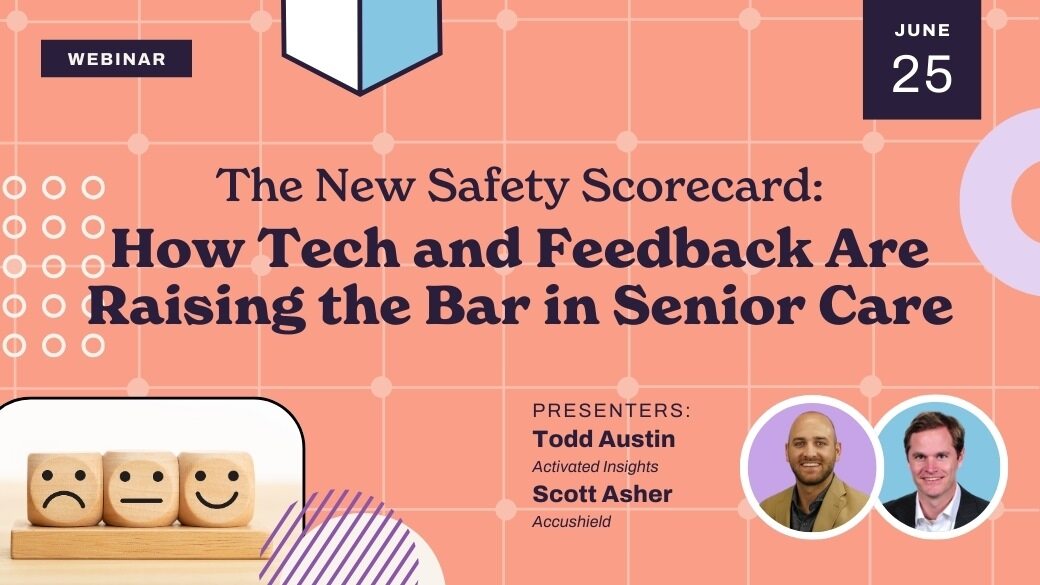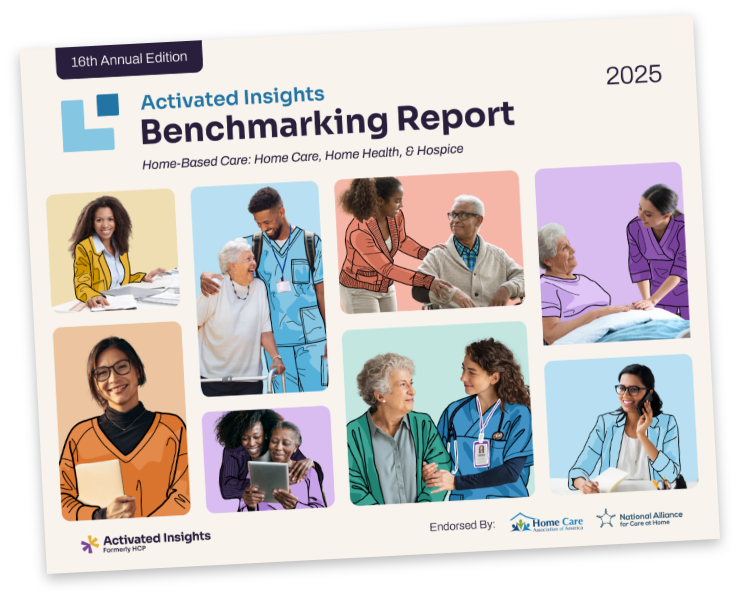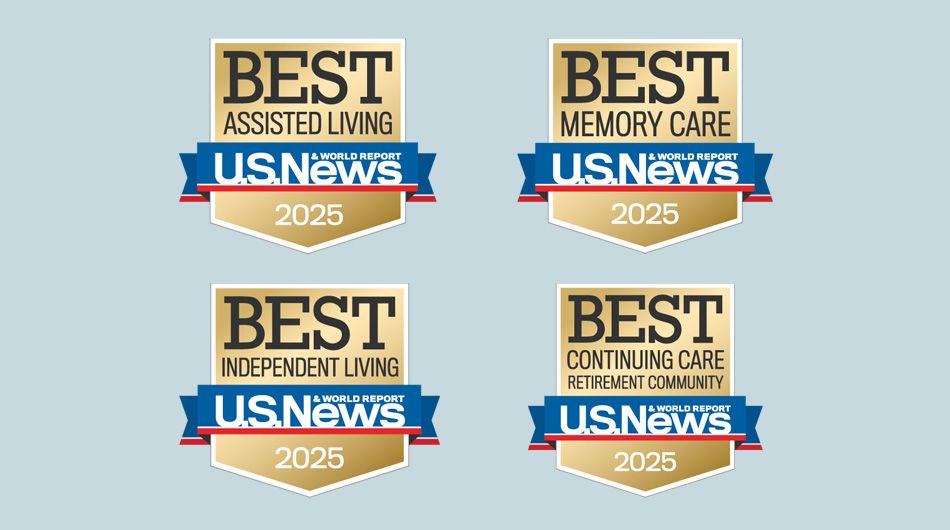In the rapidly evolving post-acute care industry, staying compliant, managing technology changes, and adapting to new payor sources are critical challenges. The right agency management software can be a powerful tool in overcoming these hurdles, ensuring your business remains efficient, compliant, and ready to scale.
Note: This article was originally published in the 2024 Activated Insights Benchmarking Report.
Software is crucial to running a successful post-acute care business. Every organization will eventually deal with issues related to compliance requirements and changing industry trends.
Knowing that these challenges are imminent, or have possibly already landed at your agency’s doorstep, the question becomes: where to start when talking about agency management software?
Post-Acute Care Complexity
Let’s focus on a few common challenges specific to this industry and how you can overcome them.
Challenge #1: Legislation
If you provide Medicaid services, you know there are many rules to follow. However, these rules have recently changed rapidly, and they vary by state. Rules from the Department of Labor also change frequently, presenting a huge challenge for post-acute care operators to responsively manage care staff.
The most important first step is understanding your business’s compliance requirements so you can be sure you’re recording the right data. These compliance requirements are different for each state and for each payor source like Long-Term Care Insurance or Veterans Administration. Once you have a firm understanding of what requirements your business must meet, the next crucial step is Data Quality and Consistency.
This is where the quality of your data is key. If you need to manage state requirements and changing labor laws, you need to know your key reports are providing accurate information so your agency can stay compliant with confidence.
Whether it’s an established agency transitioning to software or a new organization that doesn’t know what data to collect, we strongly recommend filling out all the information the home care management software asks for. This will cover a broad range of important details like Medicaid IDs and authorized hours for billing.
Data entry consistency can go a long way to making sure your information is accurate and up to date. Each user should know exactly what details need to go where.
Ask yourself these fundamental questions:
- Do you have a process for how staff should be adding or removing data from your software?
- How many staff know these processes?
- When was the last time someone reviewed what data was entered and where?
Remember, software can automate many processes, but it can’t know if a client has moved unless a person updates that information. Make sure you have a process for data quality assurance. This can be as simple as quarterly spot checks on things like birth dates and addresses.
“Use software to help reach goals and create more efficient workflow processes, but don’t expect it to work like magic.”
Challenge #2: Changes in Technology
Technology has changed dramatically over the past few decades. In just 25 years, the world has evolved from using paper and binders to using smartphones, WiFi, and online banking.
Customer and employee expectations have also changed in this industry. Clients want to pay online, families want to review care notes from states far away, and care staff expect to have real-time updates on their clients and schedules.
Clearly identify business goals to help you choose the right software. What does an agency want to achieve or accomplish? Is the goal to serve a specific community, increase market share, or just get off the ground? Answering these foundational questions will help an agency determine what software or technology may be needed to reach set goals.
If an agency is just getting started it may need simple software, something quick to learn and easy to use that helps organize the day-to-day basics.
As an agency grows, automation can help staff stay efficient while scaling up. At this stage, enterprise-level software with partnership integrations and exports can help differentiate an agency from its competitors.
Remember, software can be extremely beneficial, but most software, no matter its purpose, usually fixes 80% of the problem. If it does more, that’s great!
Use software to help reach goals and create more efficient workflow processes, but don’t expect it to work like magic. Just like one has to be taught how to swing a hammer to drive a nail in straight, software is a tool that needs to be learned to be used effectively.
Instead of looking at a giant pile of everything, let the software show what needs human attention. For example, administrators don’t need an alert every time a caregiver clocks in successfully. Knowing if they don’t clock in is much more important because it could mean something is wrong.
In an industry of care, software should automate repetitive tasks so agency staff and caregivers are free to add human touch where it’s needed most.
Challenge #3: Changing Payor Landscape
One of the most well-attended breakout sessions at the 2023 HCAOA conference was: “Scaling Private Pay in the Age of Consolidation.”
With standing room only, agency owners and administrators listened to leaders in the industry discuss the importance of diversification. With private pay hours decreasing year-over-year, it’s more important than ever for agencies to look seriously at adapting to new payor sources.
Start by exploring options and asking these questions:
- Would expanding to Veterans Administration or Long-Term Care insurance offer more clients with better margins?
- Is the agency at a place where applying for Medicaid certification makes sense?
- What types of payors exist in the community of clients you care for?
Software solutions for billing and revenue cycle management can streamline the process of submitting claims and managing reimbursements. By centralizing payer information and automating billing workflows, agencies can efficiently adapt to new payer sources and diversify revenue streams without sacrificing efficiency.
KPI reporting tools can provide insights into the return on investment for various payer types as well as potential margins, enabling agencies to tailor their services and innovate effectively.
Software solutions are instrumental in empowering post-acute care businesses to adapt, grow, and excel in a rapidly changing industry landscape. By leveraging software for compliance and payer management, post-acute care agencies can elevate the quality of care they provide while driving business growth and sustainability. As the post-acute care industry continues to evolve, embracing software as a strategic asset will be the key to success.
About the Author
Robin Tuck is the Senior Product Owner at the Rosemark System, a home care management software provider. A seasoned veteran in the home care technology space, Robin is passionate about finding creative solutions to help her customers get the most out of their software, so they can focus more on their caregivers and clients. When she’s not working, she’s probably writing, taking walks, or stripping 800 layers of paint off every inch of her 140-year-old house.
Related Posts











